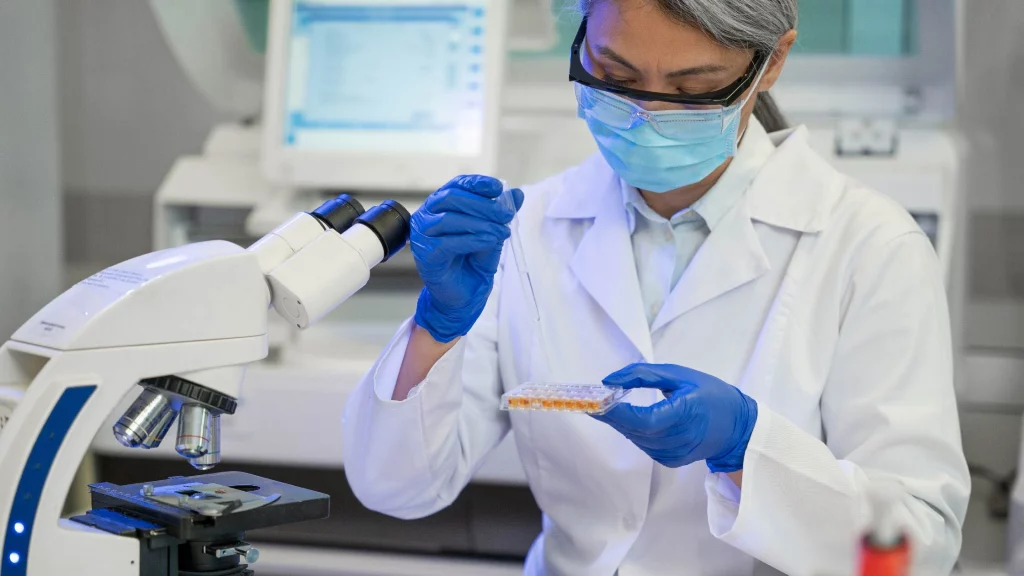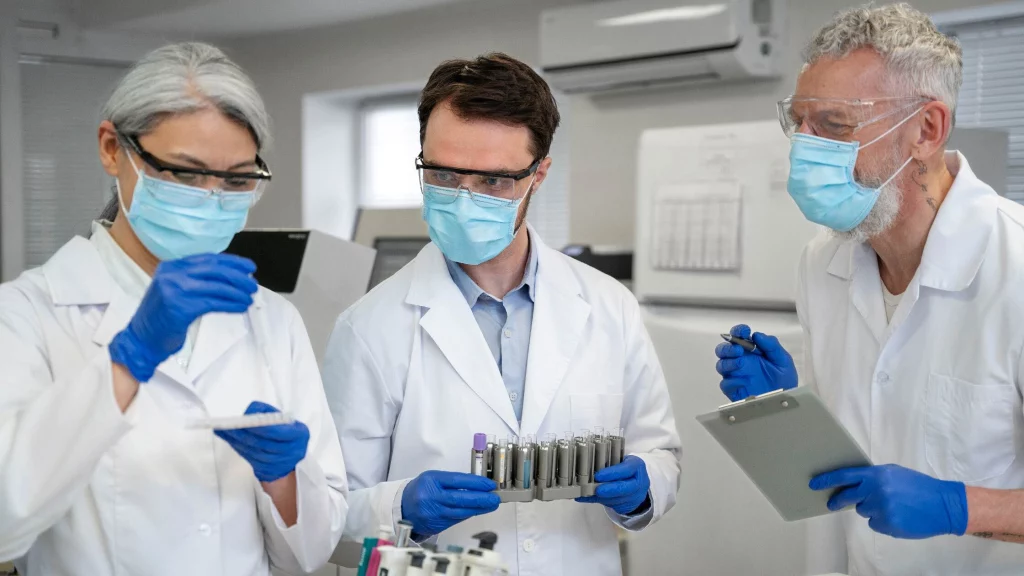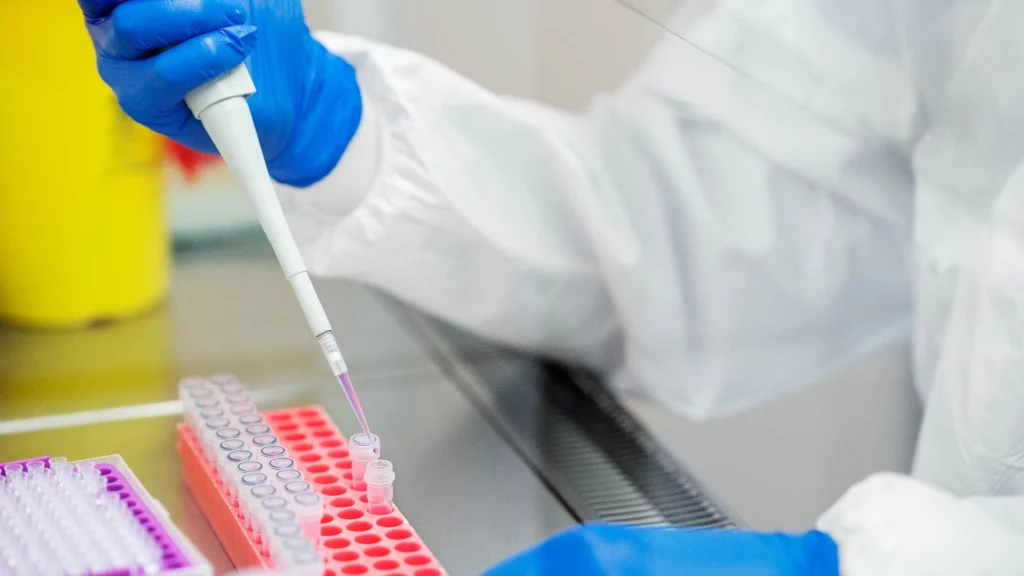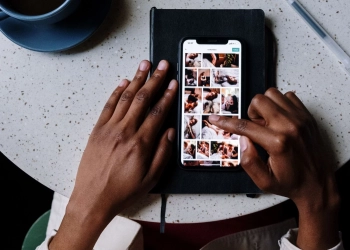Have you ever wondered how the color of a garment is decided? Or heard about the term lab-dip? If not! Then you have landed at the right place, as you will find here every specific detail to fulfill the criteria for a dye fabric sample.
But first, what you need to keep in mind here is the term lab dip and the kind of special attention required for it.
Let’s begin!
What is Lab Dip?
Lab dip is a dyed fabric sample that helps the designers to meet color standards. Basically, it is a specimen that has been shared with the designers before the manufacturing process of the complete order of a cloth.
These dips are in the shape of small fabric color patches that determine the actual quality of the fabric.

Mostly every designer first goes through the lab dipping process before ordering a particular color for a cloth. Moreover, if I have to decide on a fabric color for my own needs, I will indeed check it with these dips before going for bulk orders.
Procedures Used For Matching the Lab Dips
Every supplier has a different way of matching the fabric with the sample color. So, the procedure for finding the appropriate sample dips varies from buyer to buyer.
Usually, four matching systems help the buyer to proceed further with the entire order. Below mentioned are the methods that you can consider while opting for matching the dips
- Tube light matching
- Sunlight matching
- Ultra Violet matching
- Sodium light matching
These dips will help the buyers find the right color according to their requirements.
Importance of Lab Dip in Garment Making
Lab dip plays a crucial role in the development process of coloring the fabric. The primary reason for the importance of these specimens is to match the fabric’s color according to the buyer’s requirement.

Another important reason for using dips is that it makes the process of producing garments much easier. Moreover, this makes it easier for the merchandiser at the manufacturing unit to the quantity and quality that is needed by the buyer.
Actual Sequence of Sample Dips in Garment Production
As it is clear that lab dip is essential for color matching in the dyeing process, one should know about the process that most textile companies have commonly used.
Following is the process of the sequence for the finalization of colored sample dips.
Step 1: Receive an order for a dip from the buyer
Step 2: Enter the requirement in the computer
Step 3: Swatch or Pantone Number is received
Step 4: Corrections are made in two steps: First and Second
Step 5: Grading of Samples

Step 6: Samples of Yarn and Knot are provided to the buyer
Step 7: Approval from the buyers
Step 8: Bulk Production processed
Step 9: Approved Sample with production card
Step 10: The recipe is shared with the production team
Bottom Line
For most of the garments or clothing materials, the process sequence for these dips is almost similar. A few steps may vary depending on the requirement of the buyer.
In fact, these are used for the sampling of children’s wear, women’s wear, athletic wear, swimming costumes, lingerie, handbags, home fabrics, and many more.
Furthermore, all the processes related to fittings, sample makings, packing, etc., are done after the finalization of colors through lab dip.
I hope you now have an idea regarding how the colors of various garments came to life in the textile business. It is a long process that has been completed accurately because of these samples.







